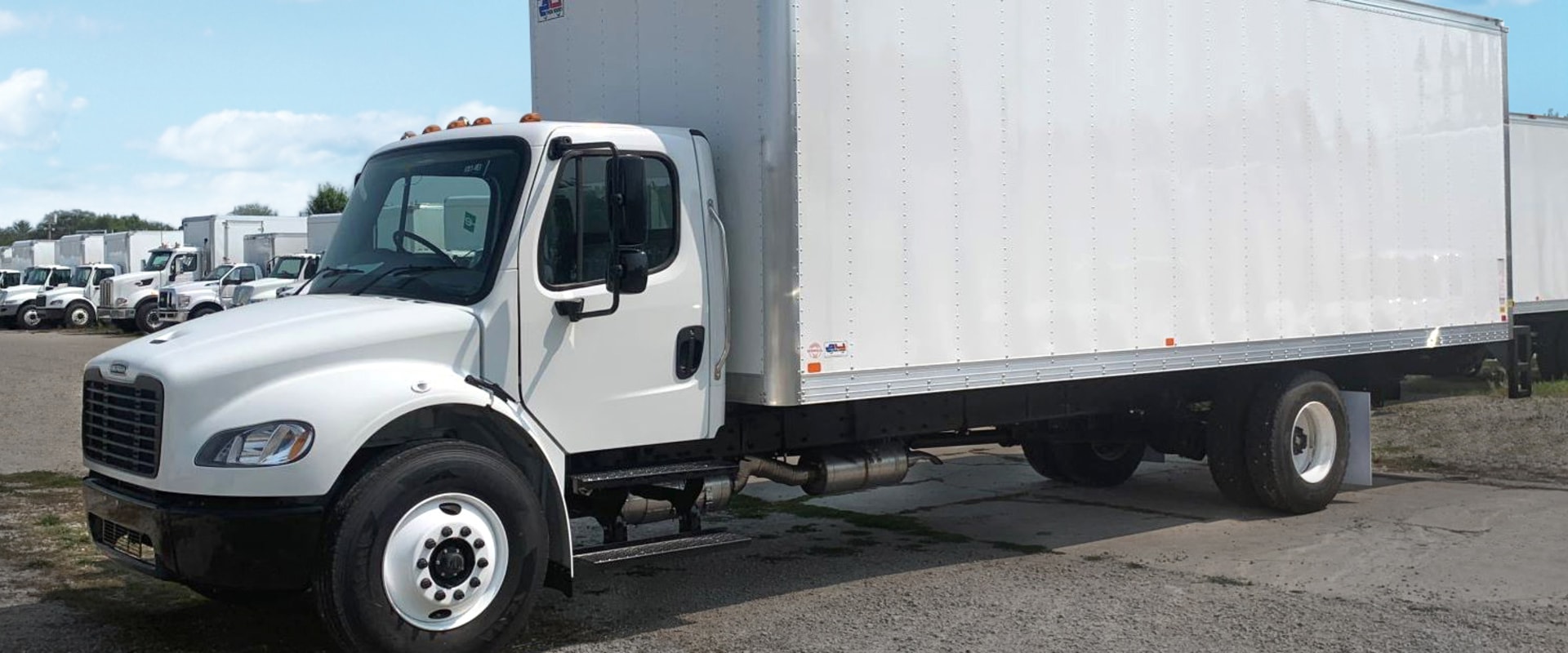The 26-foot box truck is, as expected, a piece of heavy machinery. The exact weight varies depending on whether the truck is empty or loaded. Empty, the vehicle weighs 16,000 pounds, but can hold 10,000 pounds of cargo. The maximum weight of the truck, full, is 26,000 pounds or 13 tons.
This figure is called Gross Vehicle Weight or GVW, one of several terms that apply to trucks and their weights. According to Budget, the 26-ft.
truck rental
can support up to 12,000 pounds, including 500 medium boxes or one to 15 medium pieces of furniture. The large truck also has towing and loading ramp capabilities.You don't need a driver's license to drive a 26-foot-long box truck like the 26-foot one. The box truck has a GVWR of 26,000 pounds or less. For example, if you want to drive a single 26-foot-long vehicle and the GVWR weighs more than 26,001 pounds, you'll need a class B CDL. Box trucks come in a variety of sizes and classes.
Because of this, there is a wide weight range for what box trucks can carry. This type of truck can carry between 8,000 and 33,000 pounds, depending on the size and class of the truck. The gross vehicle weight rating (GVWR) of a 26-foot U-Haul truck is 20,000 pounds. While its empty weight, also called empty weight, is 12,600 pounds.
Deductively, its payload capacity is 7400 pounds. This means that it can only carry a maximum weight of 7400 pounds, which includes the driver, passengers and cargo. Wyoming randomly selects trucks to inspect weighing stations, and Florida requires trucks carrying agricultural products to stop. Containers that are too heavy loaded onto trucks can cause truck accidents and damage the transport vehicle itself.
California — Yes, a rental truck is a motorized truck, according to Section 410 of the CVC, and must stop at weighing stations. While there are plenty of examples of box trucks for this class, there are also many passenger vans that fall into this category. Let's take a closer look at each class of truck to which a box truck would belong, exploring classes three to seven. Make sure you know the GVWR of your truck before loading the load onto it to avoid serious accidents or damage to the truck.
Pennsylvania requires that all trucks stop, but most states only require trucks that weigh 10,000 pounds or more to go through weighing stations. Trucks have to take into account several dimensions: the loaded vehicle, empty and the maximum amount of weight that the truck can support.



